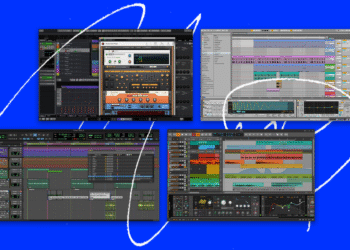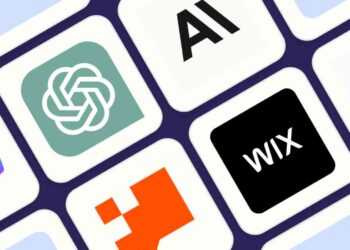There was a time when I’d write one blog post, blast it to my entire email list, and call it a day.
No segmentation, no personalization, no real thought about who was reading it. It was a classic “spray and pray” strategy—and it worked about as well as you’d expect.
Then I started learning about audience segmentation. And not just the usual “demographics” stuff—I’m talking behavior, intent, stage of awareness. That’s when it hit me: one-size-fits-all content just doesn’t cut it anymore.
But doing deep personalization for multiple audience segments manually? Forget it. That’s where AI saved the day.
Step 1: Define Your Audience Segments with AI’s Help
Before you can personalize anything, you’ve got to know who you’re talking to. I used to guess. Now I use AI tools like:
-
ChatGPT or Claude: Prompt them with something like,
“Based on a SaaS product that helps solopreneurs manage email marketing, list 5 audience segments and describe their goals, pain points, and preferred content formats.”
It’ll break it down into super clear groups like:
-
New solopreneurs needing startup guidance
-
Freelancers focused on automating client follow-ups
-
Coaches scaling up with online courses
-
Tech-savvy pros comparing CRM features
-
Struggling email marketers needing templates and swipe files
Once I have these, I’m not just writing content. I’m writing to real needs.
Step 2: Use AI to Map Content to Each Segment
Let’s take the “freelancers focused on client follow-ups” group. I ask AI:
“Give me blog post ideas, lead magnets, and video topics for this segment.”
And it gives me things like:
-
“How to Build a Client Nurture Sequence That Feels Personal”
-
“5 Email Templates to Keep Freelance Clients Coming Back”
-
“Demo: How I Automated My Entire Onboarding Email Series”
I do this for each segment, then plug it into a content map. Suddenly I’ve got a whole strategy that feels personalized—because it is.
Tools like Frase and SurferSEO can even show me what keywords are relevant per segment. That way, my content hits both personalization and discoverability.
Step 3: Personalize Messaging with AI-Powered Drafts
Here’s where AI really shines. I take one core piece of content—let’s say a blog post on “Building an Email Funnel”—and have ChatGPT rewrite the intro three different ways:
-
One for beginners
-
One for advanced marketers
-
One for eCommerce store owners
Same info. Different voice, tone, and framing. That way, each audience sees themselves reflected in the message.
And honestly? That’s what makes them click, read, and act.
Step 4: Automate the Delivery by Segment
Now that I’ve got personalized content, it’s time to make sure the right people see it.
I use:
-
Mailchimp or ActiveCampaign for segmented email sequences
-
HubSpot Smart Content for dynamic website experiences
-
Jarvis/Jasper for writing landing page variants per audience type
Each tool taps into behavior, tags, or lead source to serve the right message to the right segment.
Imagine someone downloading a “beginner’s email checklist” and then receiving blog suggestions and videos only relevant to that level. It’s not just smart—it’s respectful of their time.
Step 5: Track, Learn, and Let AI Optimize
Here’s the part I didn’t expect to love: watching AI learn from how each segment responds.
Using tools like Smartwriter.ai, MarketMuse, or Optimizely, I can track:
-
Which version of a blog gets the most engagement from Segment A
-
What subject lines resonate with Segment B
-
How different CTAs convert for different pain points
Then I feed those insights back into my AI prompts:
“Based on this segment’s behavior, suggest new content formats or topics that may improve conversion.”
That’s next-level personalization. And it gets better every cycle.
Quick Tips from My Own Mistakes
-
Don’t create too many segments at first. Start with 2–3 clear ones. More than that? You’ll burn out.
-
Always add your own voice. AI can structure and scale, but it’s you who makes the message relatable.
-
Keep your segments updated. People evolve—so should your content. Use AI to re-define segments quarterly.
Final Thoughts: AI Makes Personalization Scalable
Here’s what I’ve realized: content personalization isn’t about writing more. It’s about writing smarter. And AI lets you do that at scale.
When you combine the power of audience segmentation with the speed and structure AI provides, your content stops being generic—and starts being impactful. You’re not just another voice in the feed. You’re the one speaking directly to their challenges, goals, and context.
That’s what builds trust. That’s what drives conversions.








